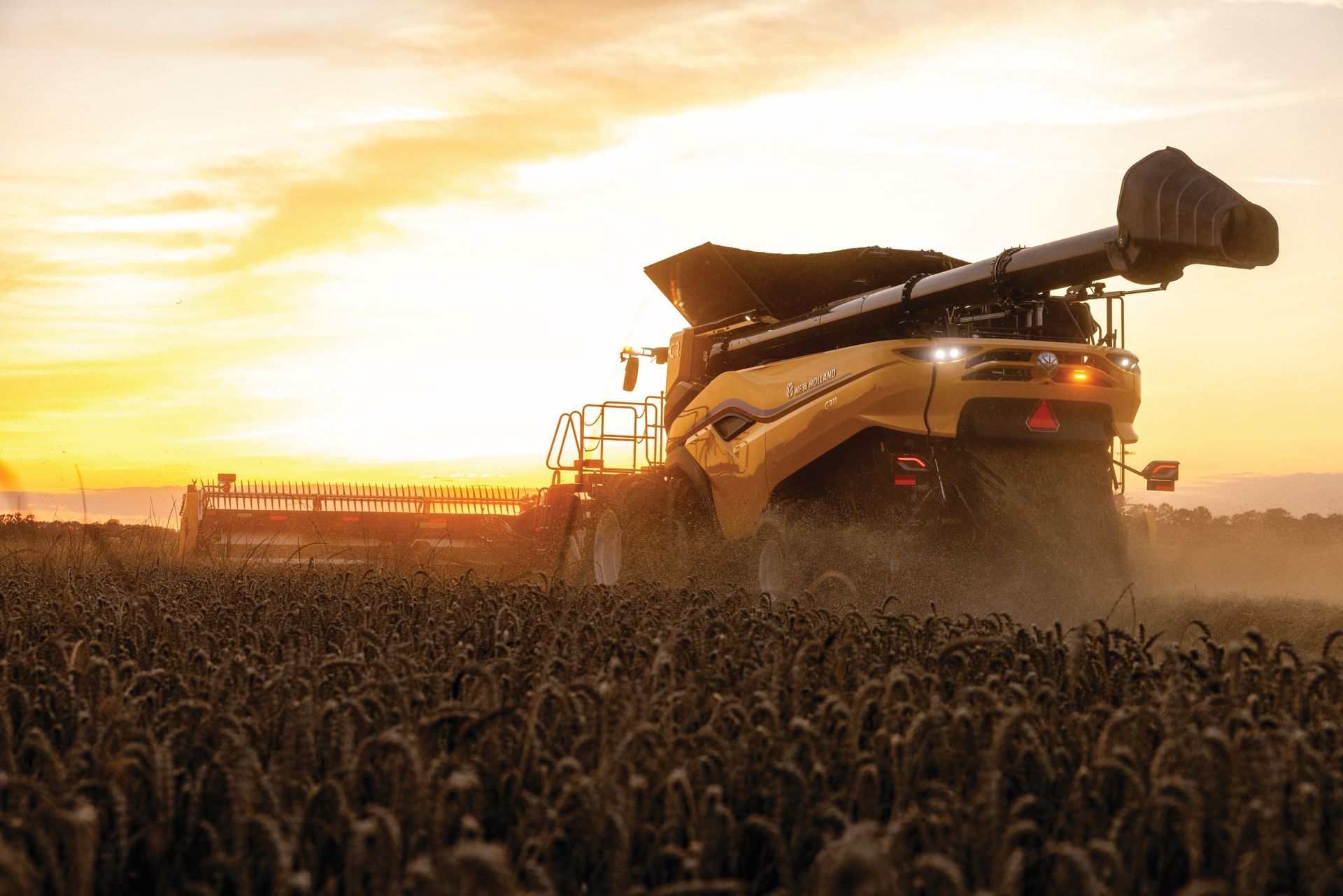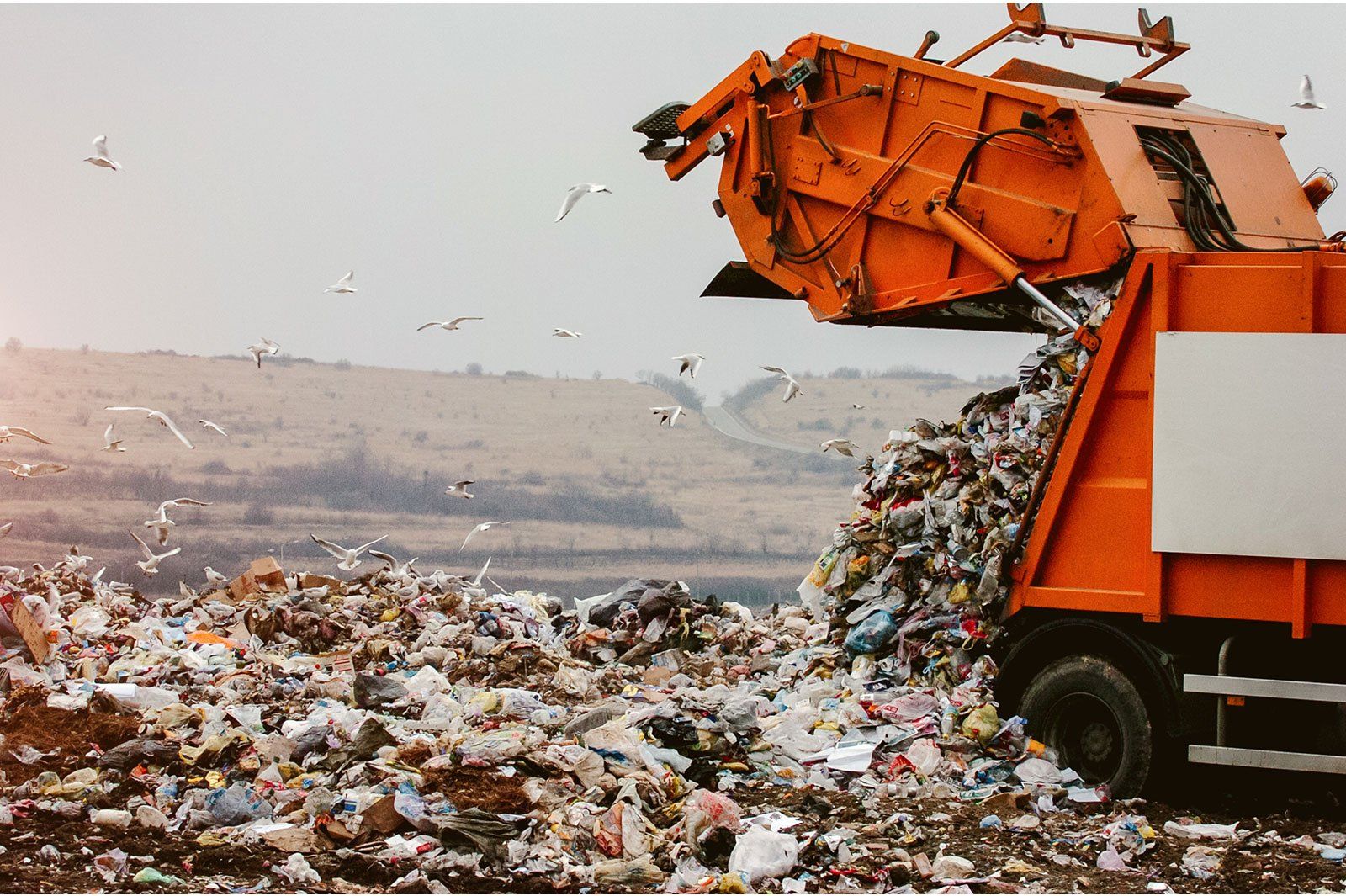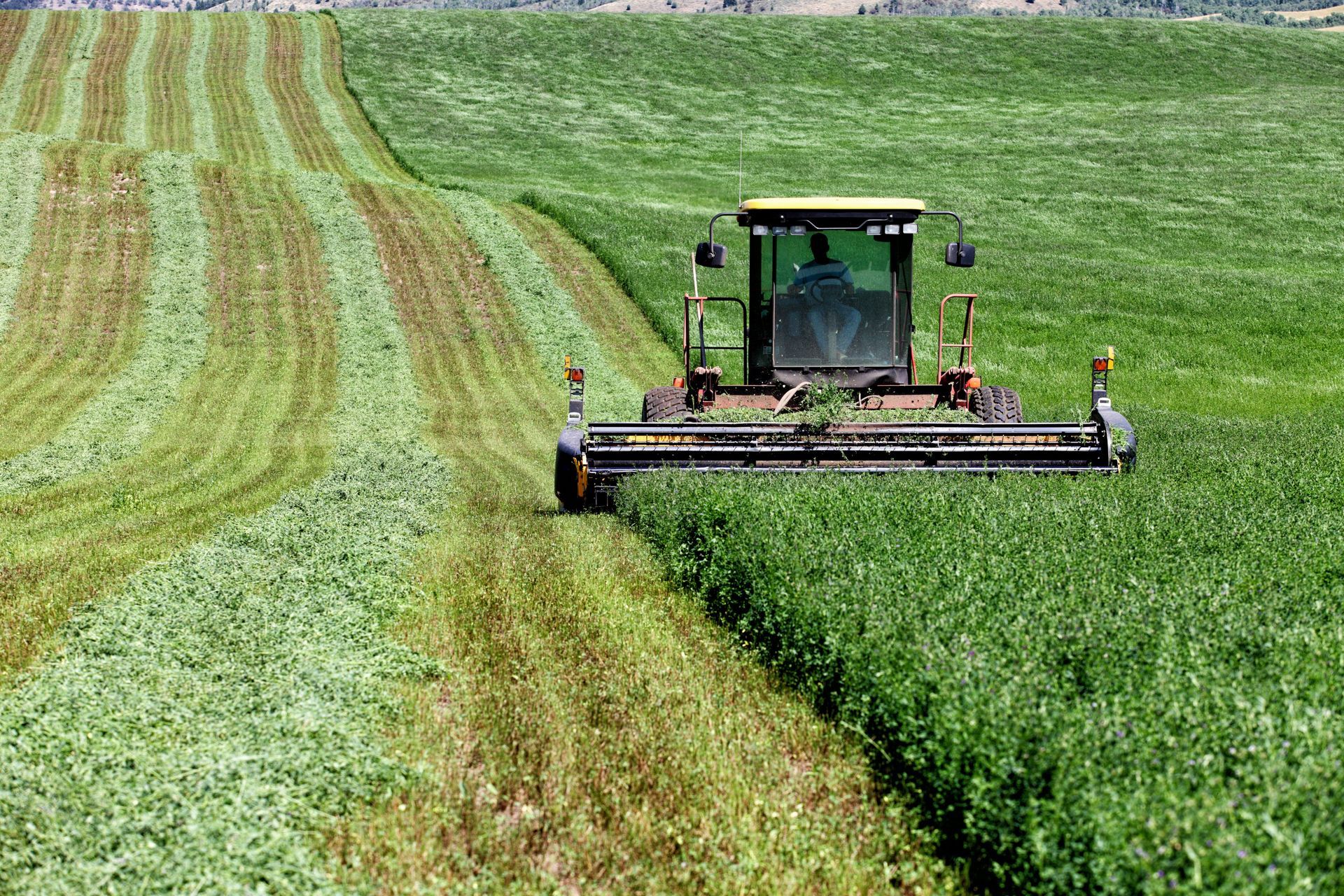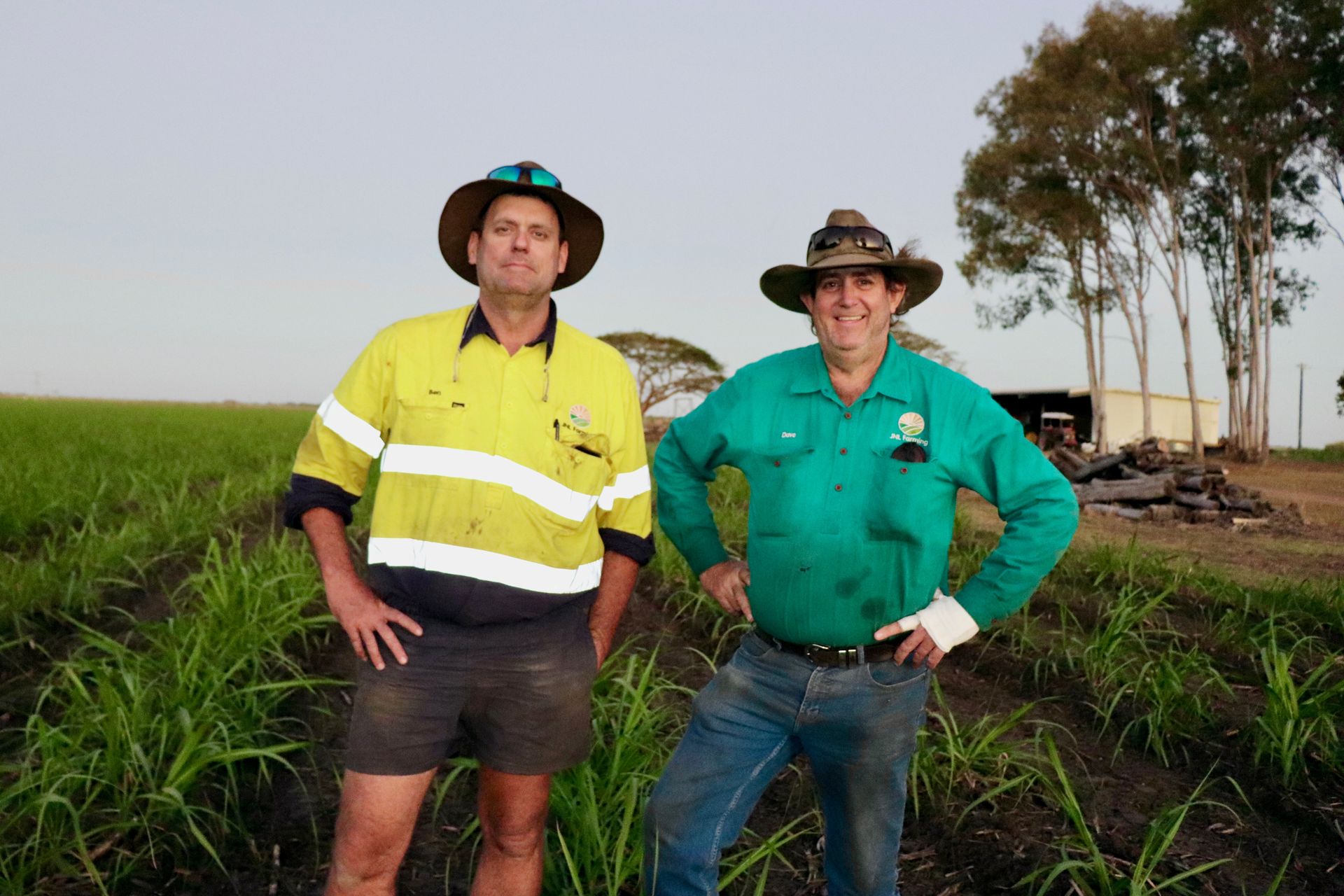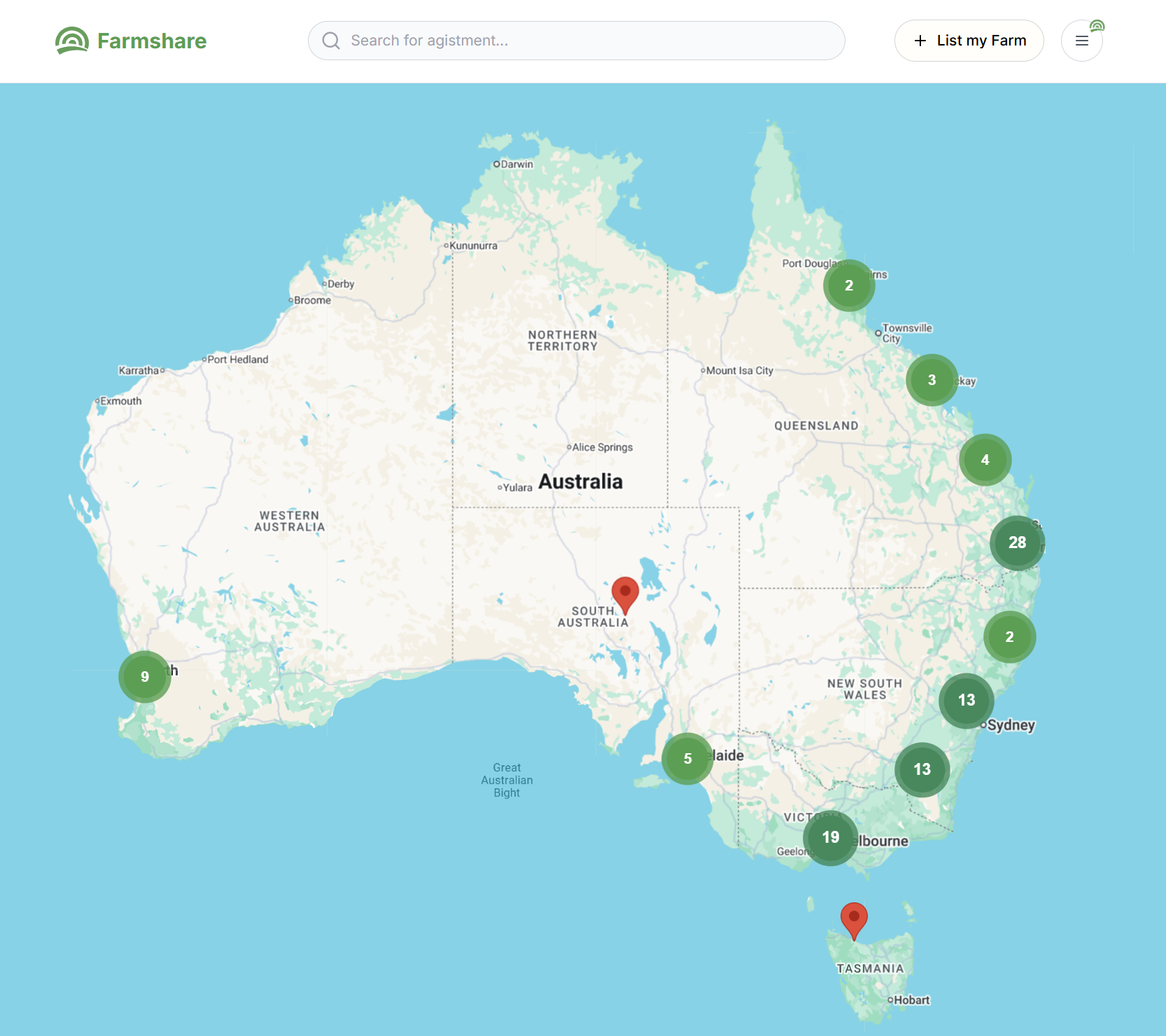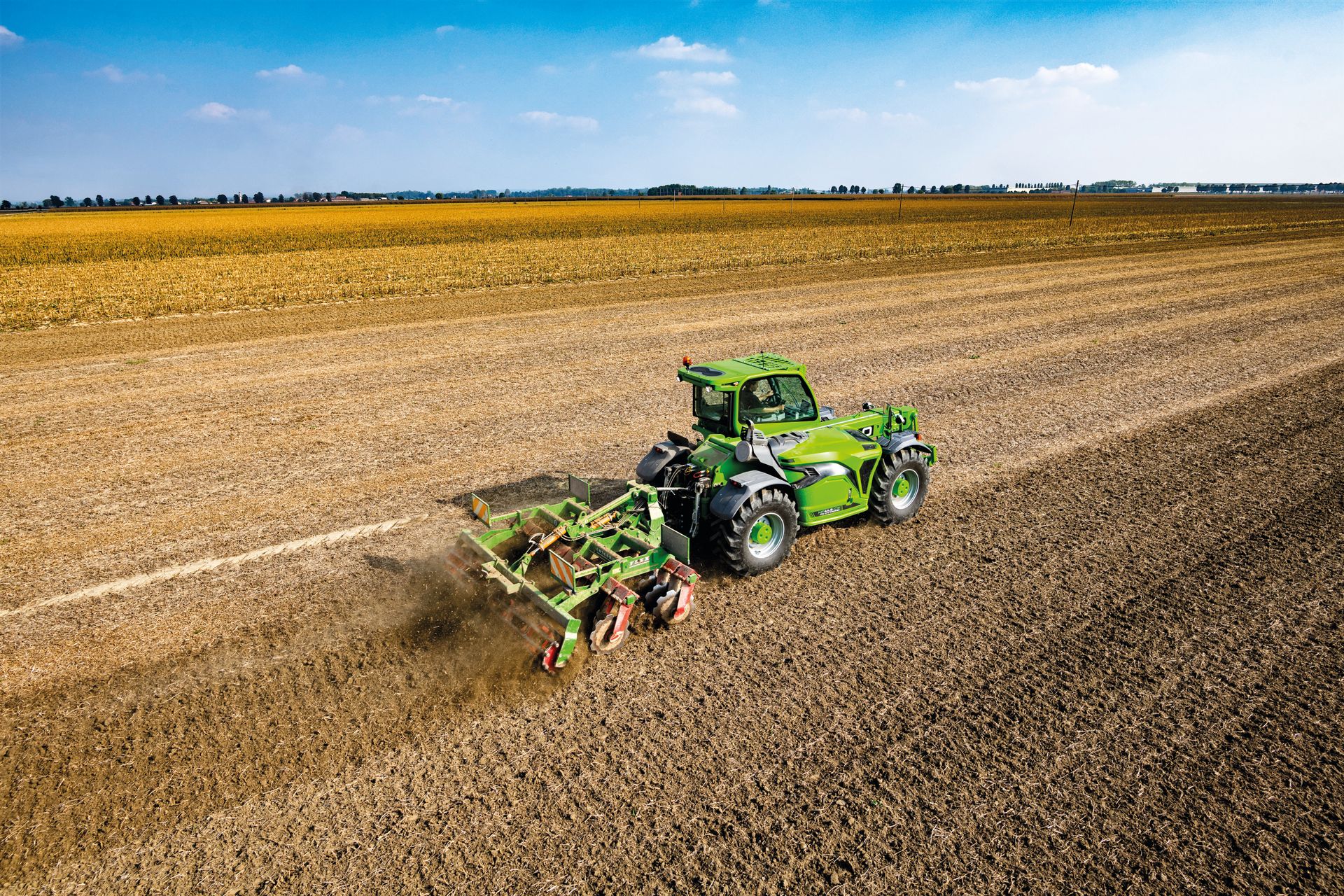1MG FlippingBooks
Machine learning and connectivity the next challenges for agtech
The Australian Farmer recently spoke with Peter Schmidt, Microsoft Australia Agriculture Industry Specialist, about Microsoft’s role as a key driver of agtech, the current landscape for emerging technology and current agtech trends that will change the future of farming.
TAF : What is Microsoft currently doing in terms of ag and ag tech?
PS: “Microsoft has been investing heavily in agriculture over the past four or five years, in a few areas.
“The first, is how connectivity is provided. We have an initiative in the US called Microsoft Airband , which uses unused TV frequencies and parts of the radio spectrum to provide internet connectivity to rural areas. That is something we are looking to get into Australia as well.
“The other thing is a huge proliferation of sensors and IoT devices that are collecting data out in the field. The challenge will always be that we never have enough connectivity to process that data. Microsoft has invented ‘edge’ computing which allows you to process or run a machine-learning model on a low-power device and therefore provide that information without having to connect back to the cloud.
“The other two areas are around machine learning and artificial intelligence. Microsoft has a huge team of data scientists working on the algorithms for image analysis, video analysis and all sorts of data processing. Cloud computing gives you the ability to crunch very large volumes of data in a meaningful way, and process things like images and video in real time. That is helping us to glean new insights into how animals behave, how crops grow and so on.
“Another big challenge we have is collecting data in a standard way, so we are working with industry bodies on what we are calling our ‘common data’ model. This is our way of bringing data into a standard structure and format. We then aggregate that data across multiple farms and multiple locations. Part of it is about protecting the privacy and security of that data, and developing technology that allows machine learning to run on encrypted data.”
TAF: How do you think these specific advances have changed, or will change, the way that farmers work?
PS: “Where we’re seeing rapid innovation and evidence of success of these technologies is in the horticultural sector, where higher value crops mean you can invest more in technology. For example, if you’re growing something like lettuce – which has a two-week life cycle – you can innovate and fine-tune your machine models to a high degree. Likewise, if you’re growing in a shipping container or under controlled lighting, or you can control all aspects of the environment, you’d get a much faster return on that investment.”
TAF: What other agtech innovations do you think are on the horizon?
PS: “There’s a lot of interest in automation and robotics and where they can be used to deal with some of the more mundane activities. Even processes such as weeding crops, you can potentially do that without the use of chemicals now, using robots. We do quite a lot with satellite and aerial image analysis, and Airbus is launching high-altitude drones that provide real time or near-real time images as well. It allows you to monitor things more closely, and get more meaningful insights.
“There’s a project that Bill Gates has invested in with AirBus called EarthNow. They aim to provide coverage for the whole planet with satellites or other technologies to provide real time high definition streaming video, and machine learning to interpret data, so you could even spot a bushfire starting or a tornado starting to form.”
TAF: Is there a fear of overloading on tech? Do you think farmers need more tech? Or do you think we have enough?
PS: “I’ve been involved with agtech for thirty years now. I think the business need is still the same, but we just have better ways of solving the problems. It is three things that bother farmers. One is: ‘how can it solve my problem?’, second is: ‘can I see a return on that investment?’ and the third one is: ‘can I use this technology?’. It is important to look at technologies that farmers can use in a very practical way. Again, a lot of them will buy hi-tech machinery with hi-tech sensors and capabilities, but turn them off or never use them. I don’t think we’re lacking in technology, it’s more the interpretation of data presented to farmers in ways that can aid decision-making.”
